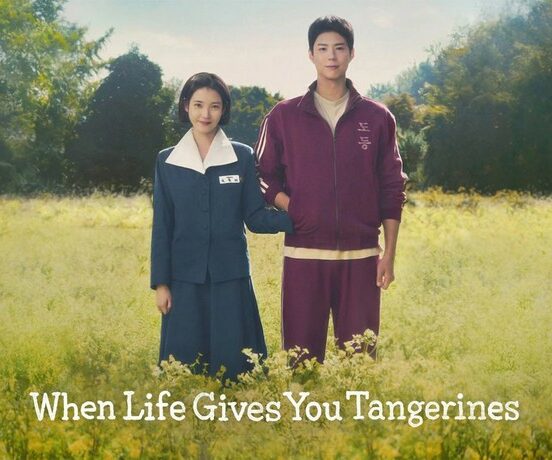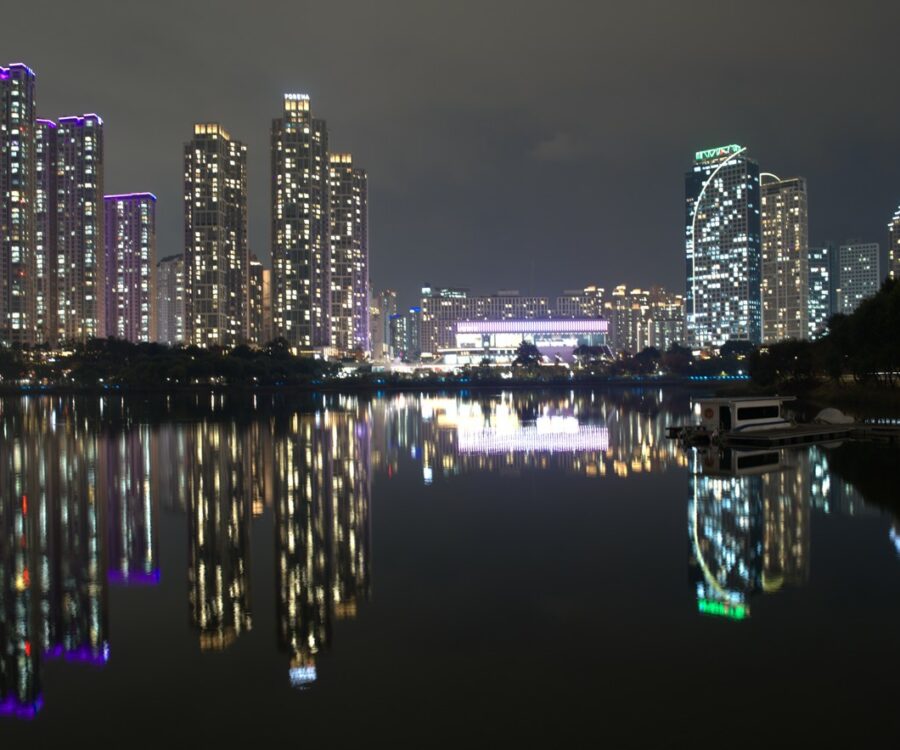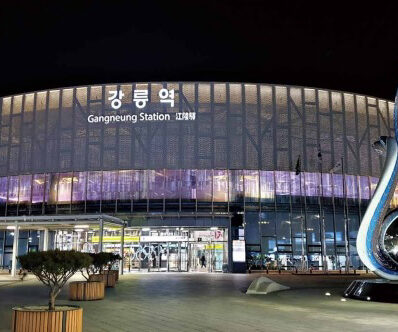History
Before the underground music scene had appeared, there were some rock bands introduced to the public in Korea before 1990’s. They gathered and played their music in Sinchon area, where was youngsters’ most cheerful downtown, and inspired up-coming musicians who not only played, but also recorded and distributed their own music; the first indie bands in Korea.
The first generation of Korean indie music traces back to mid-1990’s. There were individual musicians played and shared new type of music, unlike dance or ballad, which were the major music stream at that time. They said that they were mostly inspired by alternative, heavy-metal and punk rock from abroad and pursued the freedom. Some of them kept exchanging their musical ideology and formed bands for their own music, and a few live clubs in Hongdae provided them some chances to perform. Thereby the first indie music bands in Korea such as Crying Nut, No Brain, Deli Spice, and Unnine Ibalgwan(the sister’s barber shop) were born.
Crying Nut explains how they start as the Korea’s first indie music generation
The following generations of Korean indie music could take the benefit of these pioneers from places to play, making and distribution of their music, the freedom from genre, and audience that are ready for new shock. Bands such as Jaurim, NELL, Cherry Filter saw their public success in a short period since the birth of Korean indie music.
Hongdae
Hongdae was the exit to the freedom, and still is. Hongdae is a home to indie musicians, and is an area full of performance venues as it is famous for its reputation. Just like K-idol have an agency, for bands, a performance club has been a place of activity since their debut. As the first generation of Korean indie bands appeared, live clubs in Hongdae played crucial role in the birth and growing of new musicians.

So from the late 1990’s, numerous live clubs had kept bringing the Hongdae streets to life. The way Hongdae staying young and fresh owed to the artists(Hongik University, the origin of the name of Hongdae, has the best art college in South Korea) and indie musicians. Each club represented own genres, and new bands matching their concept could get a chance to perform. Centering on the current location of Sangsang Madang, there were numerous live clubs welcomed all the audience escaped from pop music market in the TV. Until mid-2010’s, more than 20 of live clubs filled Hongdae street with the echo of various band music, and it seemed that the youth and passion never disappear in Hongdae.
Greed and disease suddenly took the glory days away. As Hongdae became the center of the youth culture, the area became more commercial. Once underground culture occupied spots were replaced by capitalism and gentrification. Small live clubs couldn’t afford to manage soaring land fee, and had no choice but to leave. The final punch to those independent stages was the pandemic due to COVID-19. The world-wide infectious disease literally muted whole indie music scene. Indie musicians and live clubs relying on the offline performance couldn’t continue their business, and more than 10 live clubs, including even historic independent clubs in Hongdae, had closed during 2020. It was not only the crisis for the live clubs, but also for the independent musicians and listeners eager for the performance on the stage.
How to enjoy Indie Music in Hongdae in 2022
After enduring severe crisis of indie music scene in Korea, now it dreams new chapter of its rebirth. The streets and survived live clubs are back to normal, and musicians try to adopt the various types of the stage. Some musicians reveal their new music using social media actively, and some popular bands make compilation albums with other bands or newbies. However, still the best way to meet and feel the Korean indie music is to visit Hongdae. Whenever you want to taste new K-music, visit Hongdae.
Hongdae street is always the melting pot of passion of the youth, and you can easily find the sound of the youth in the street. Once you step into the Hongdae Pedestrian-friendly Street(홍대 걷고싶은거리), a block inside from Hongik University Station exit 8, there are people enjoying the busking not only of indie musicians but also of dancing, magic, comedy, etc. Most of them are unknown independent musicians, but sometimes you can see famous indie bands open surprise performances, and even sometimes they collaborate with K-pop stars. It’s totally for free, and a chance to meet new music or future indie music stars.
More progressive way to find indie music is definitely to visit live clubs. Thanks to the owners of the clubs, musicians, and local governments, around 10 live clubs has survived from the severe depression of years by the pandemic. Recently the remaining clubs welcome the indie music fans with more musician lineups, more various genres, and better performing condition. Recommended clubs you can experience authentic Korean indie music culture are; Club Evans(jazz and classical music based), Club FF(punk rock based), Club Bbang(modern rock based), Café Veloso(mellow pop based). Ticket prices are around 20k-30k KRW, and available on site. You can enjoy 3~4 bands’ playing a day.

If you want to experience the genuine fever of Hongdae indie music scene, join ‘Live Club Day’. Live Club Day is an indie music event held in every last Friday of the month, that allows you to enter allied live clubs in Hongdae with one ticket. You can literally hopping the clubs finding your music taste. Live Club Day had been suspended last 2 years due to COVID-19, and has recently reopened thanks to willful clubs, bands, and organization.



